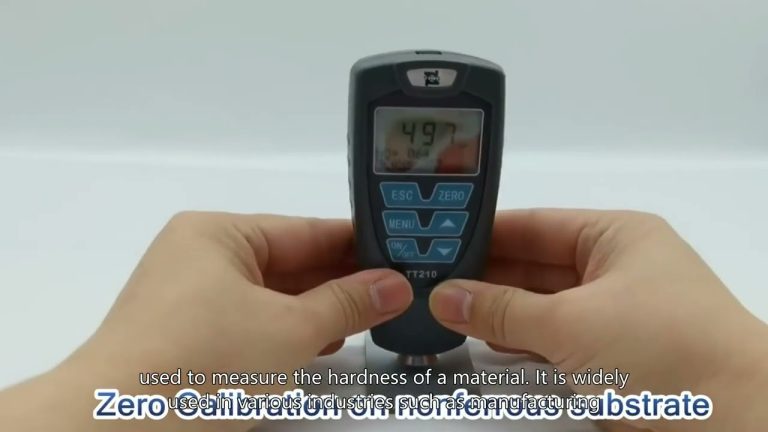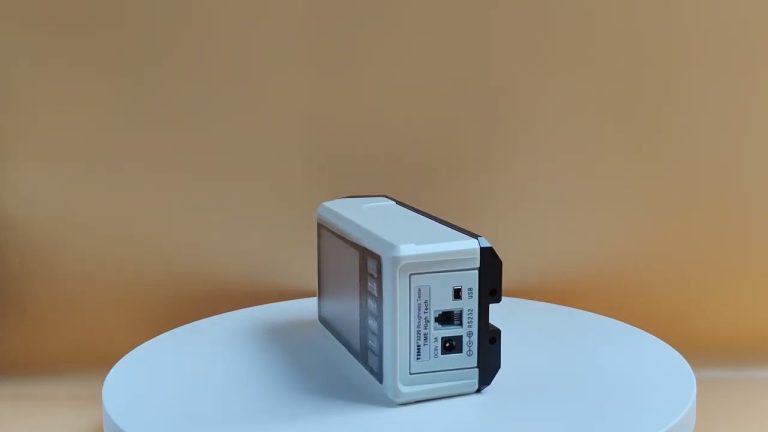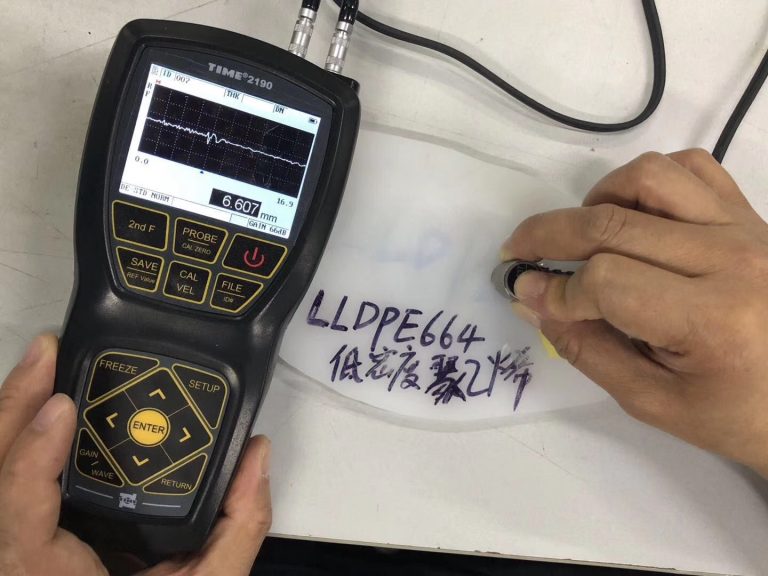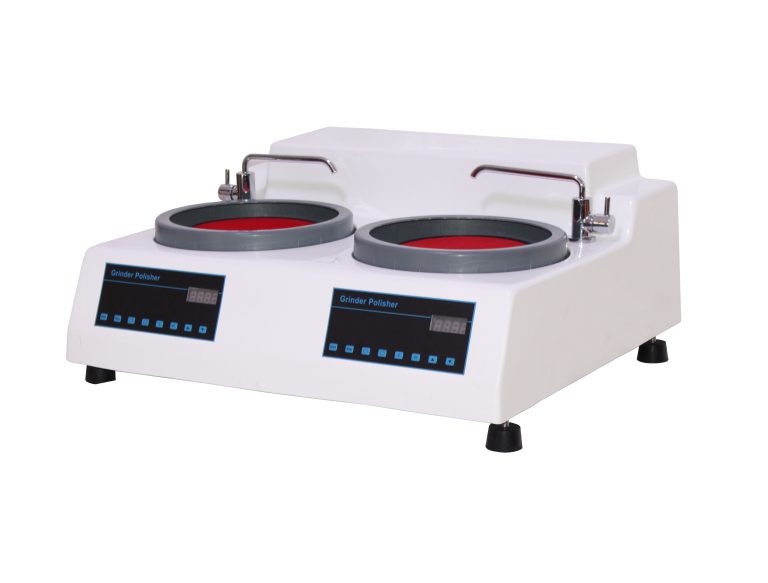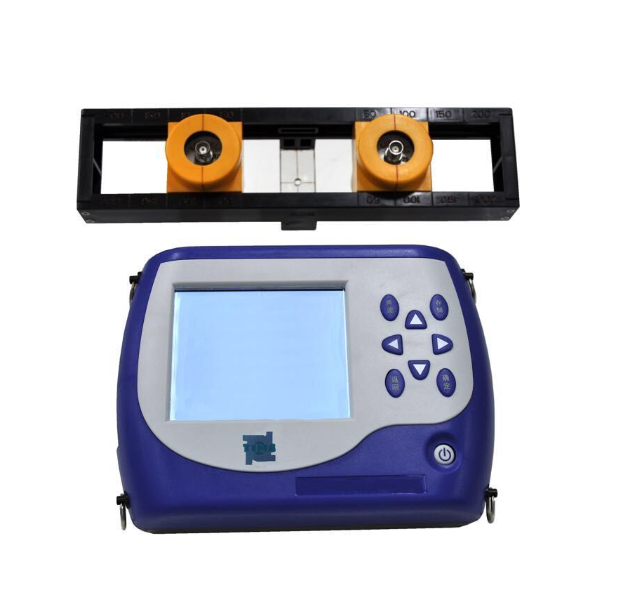Cultural relics are important historical and archaeological evidence left over from the development of ancient people’s historical lives, and are precious cultural heritages with historical research, artistic, and important value. The reason why cultural relics have great research value is because they are non-renewable. After excavation, they can only be preserved for as long as possible.
At the same time, through the long river of time and various changes in the storage environment, many cultural relics have suffered less than a certain degree of decay and damage when they were unearthed/discovered. Recreating historical and cultural information, tracing the manufacturing techniques and cultural life of ancients, and restoring cultural relics And recovery becomes a very important way.

The restoration of cultural relics can be roughly divided into three categories: research restoration, exhibition restoration and commercial restoration. That is, regardless of which type of restoration, information collection, disease investigation, and damage to the cultural relics are carried out, including whether they have faded and whether they are contaminated. , a series of processes such as going to the laboratory for analysis and testing require the use of many modern instruments and auxiliary equipment.
For example, 3D scanner, 3D video microscope, Fourier transform infrared microscope, cultural relic component analysis and detection spectrometer, multi-functional cultural relic laser cleaning machine, X-ray fluorescence spectrometer, portable Raman spectrometer, precision colorimeter, etc.
After hearing that our colorimeter has a unique method for measuring color difference, a customer found us and was very interested in our colorimeter. So we demonstrated to him how to use a colorimeter to measure color difference to restore cultural relics.

So how to use a colorimeter? We need to first measure the original painting as a standard sample and save the data, and then measure the adjusted ink. Of course, the ink here needs to be painted on paper, and then measured after it dries. Finally, the color difference is measured. The color difference is Cultural relics can be restored within 1 hour.
In general, the modern instruments and equipment used in the restoration of cultural relics are all high-precision instruments. This is similar to the experience accumulated by Tuxiang Intelligence in previous cases. Coupled with the diverse scene needs, the category of industrial touch display equipment It supports customized services and has more market competitive advantages.


